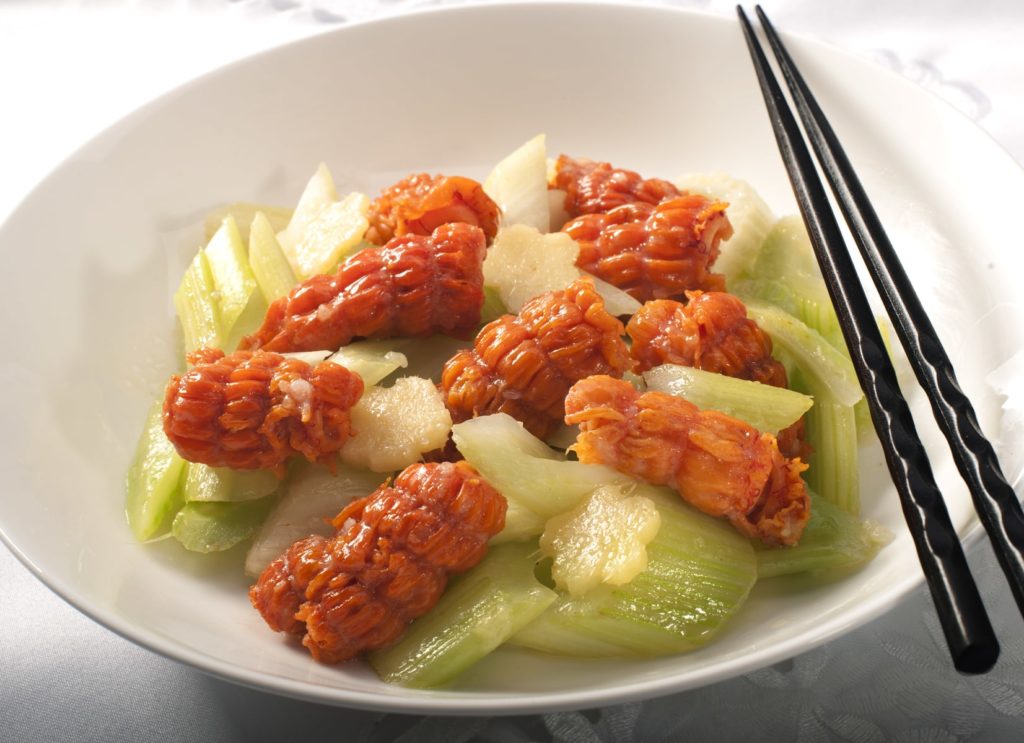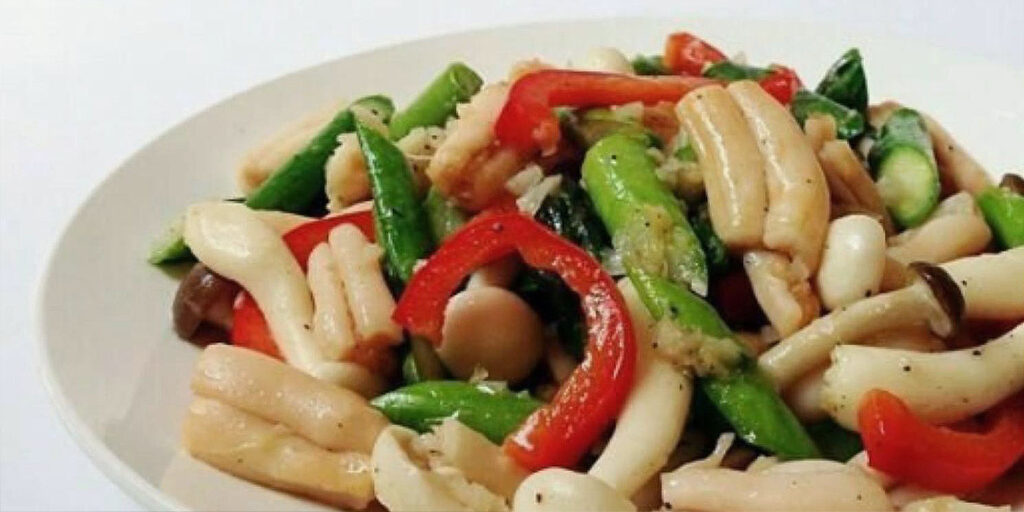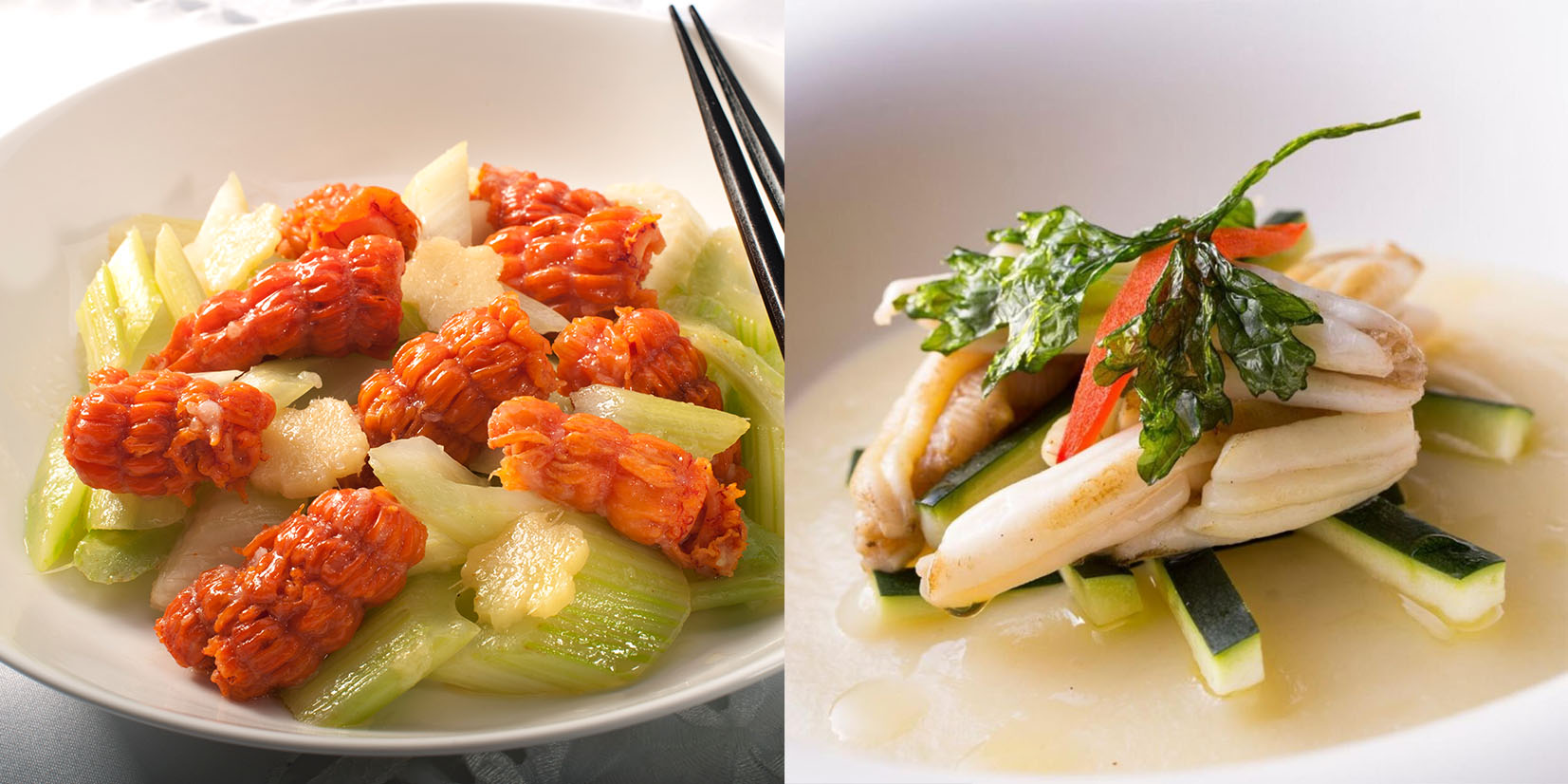Long treasured across Asian cuisines and cultures, sea cucumbers are prized not just for their luxurious textures and subtle flavours, but also for their remarkable nutritional and health benefits. Within this diverse family, two types are particularly sought after: the red sea cucumber and the white sea cucumber. Though similar in nature, each carries its own story, shaped by its habitat, history, and the traditions it has nourished for generations.
While many of us enjoy sea cucumbers at festive banquets or in nourishing soups, few realise what we are truly eating. Interestingly, when you indulge in sea cucumbers, you are mostly savouring their muscular body wall — not internal organs. A sea cucumber’s anatomy is simple: a soft, cylindrical body, with a leathery skin and a tough muscular layer underneath. It’s this firm yet tender wall that becomes a canvas for chefs, soaking up sauces and flavours beautifully.
Sea cucumbers come in many species, but Red Sea Cucumbers and White Sea Cucumbers are two of the most recognised types in Asian cuisine.
• Red Sea Cucumbers typically originate from regions like Japan and the North Pacific.
• White Sea Cucumbers are commonly harvested from cleaner tropical waters, such as the seas surrounding Indonesia and parts of the South China Sea.


Found in the clean, cold waters of the Pacific Ocean, red sea cucumbers are typically wild-harvested from regions like Japan, Australia, and parts of Southeast Asia. The wild environment they thrive in imparts a sturdier body, deeper colour, and a firmer texture. Every harvest is seasonal, deeply tied to the rhythms of nature — which makes them not just rarer, but often considered more prestigious on the dining table.
White sea cucumbers, meanwhile, are found across the Pacific and Indian Oceans and have also benefitted from the rise of aquaculture. Farmed responsibly in controlled environments, they offer greater consistency and availability year-round. Their softer, more gelatinous texture has made them a staple in everyday soups, braises, and celebrations where a delicate touch is preferred.
Both red and white sea cucumbers are a nutritional powerhouse. High in protein yet low in fat, they provide vital nutrients like collagen, magnesium, and zinc. Collagen, in particular, is highly valued for supporting healthy skin, joints, and anti-aging. Wild red sea cucumbers, drawing from the mineral richness of their native oceans, are sometimes noted for marginally higher trace mineral content — yet farmed white varieties also offer excellent, reliable nutrition for daily wellness.
Sea cucumbers have been prized for centuries in Traditional Chinese Medicine (TCM) and culture. They are believed to be a tonic for vitality and strength, often prescribed to promote healing after illness or childbirth. The Chinese believe that sea cucumbers are extremely nutritious in moistening(潤)dryness (e.g. throat, joints), treating discomfort, and promoting longevity.


At the end of the day, choosing between red and white sea cucumbers is less about which is better — and more about what your dish, occasion, or palate calls for. Whether you are seeking the hearty chew and oceanic depth of a red sea cucumber, or the gentle, elegant softness of a white one, both are gifts from the sea, each offering their own kind of luxury.
At iFish, we are proud to work with trusted suppliers to bring both varieties to our customers. Carefully sourced, thoughtfully handled, and delivered with a deep respect for nature and tradition — that’s our promise.








